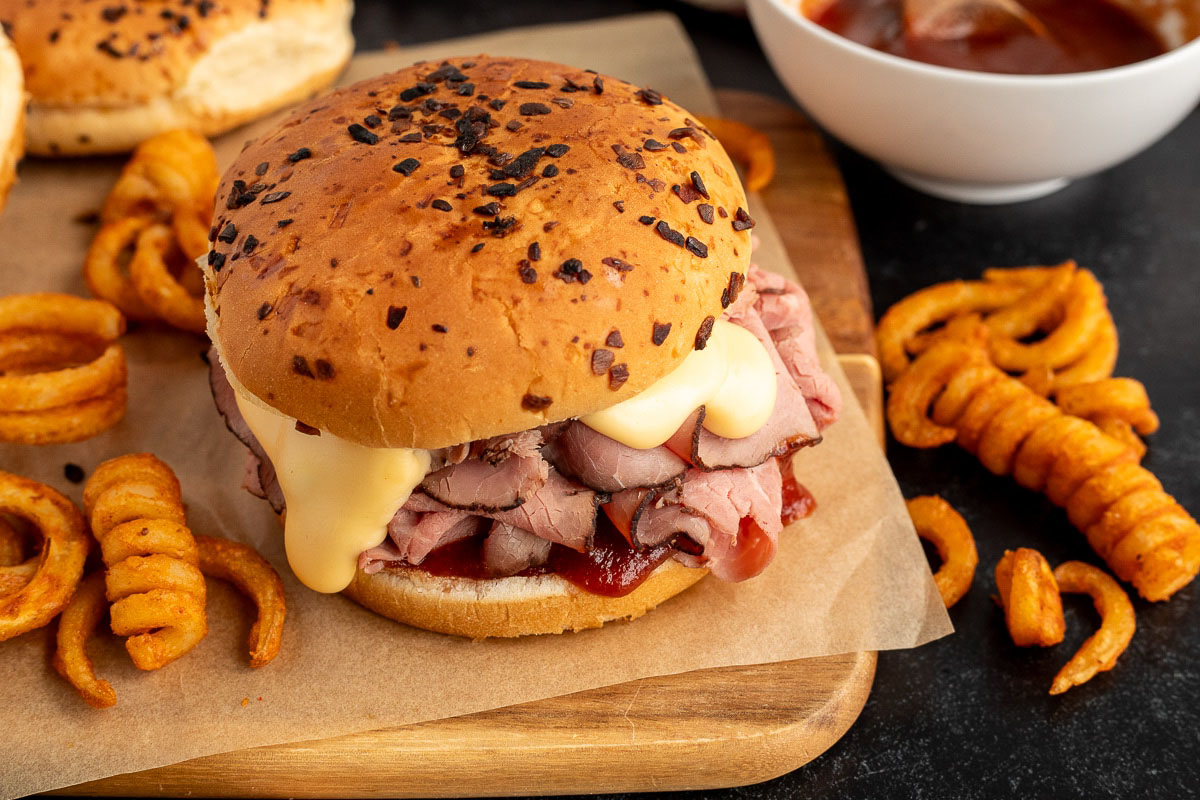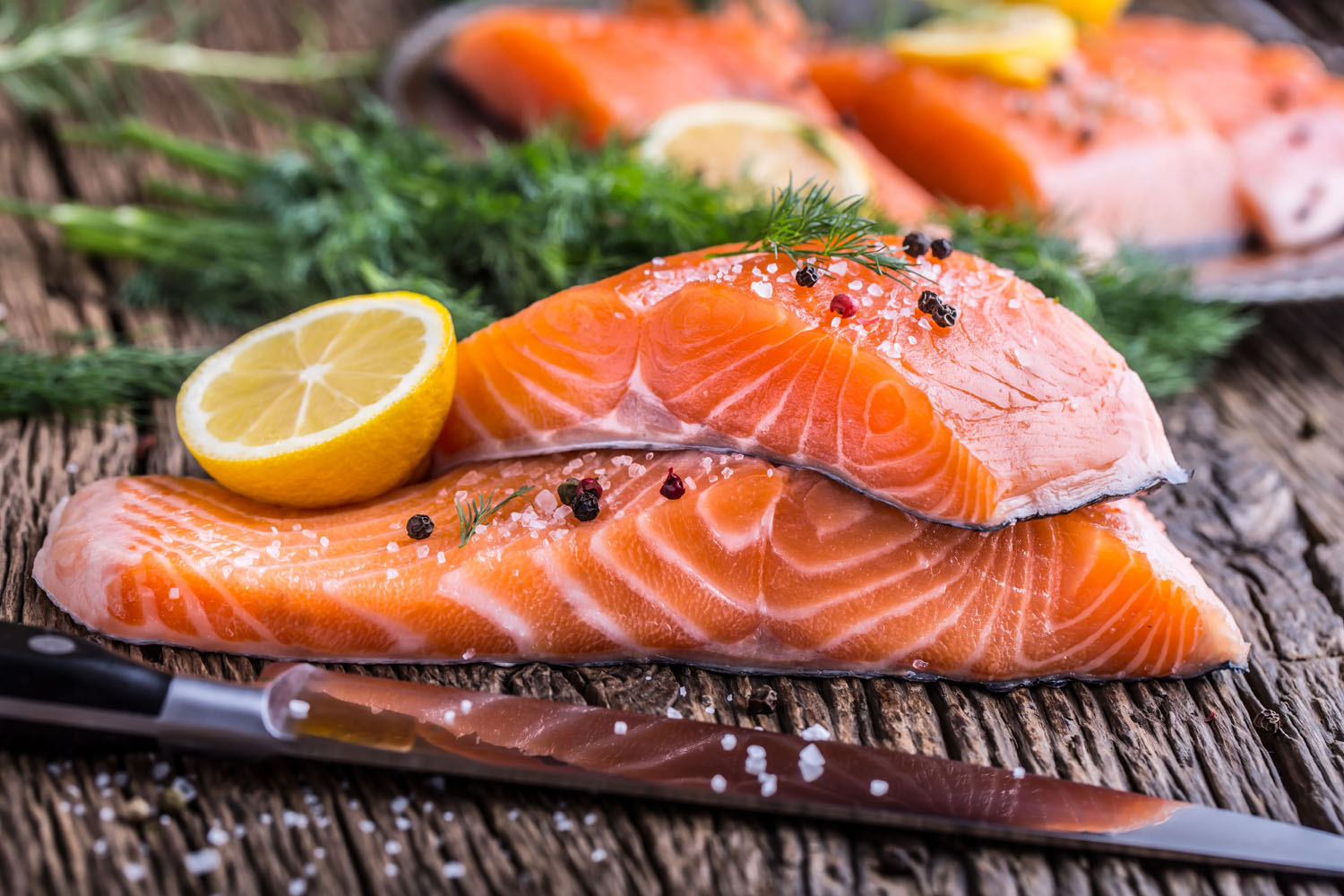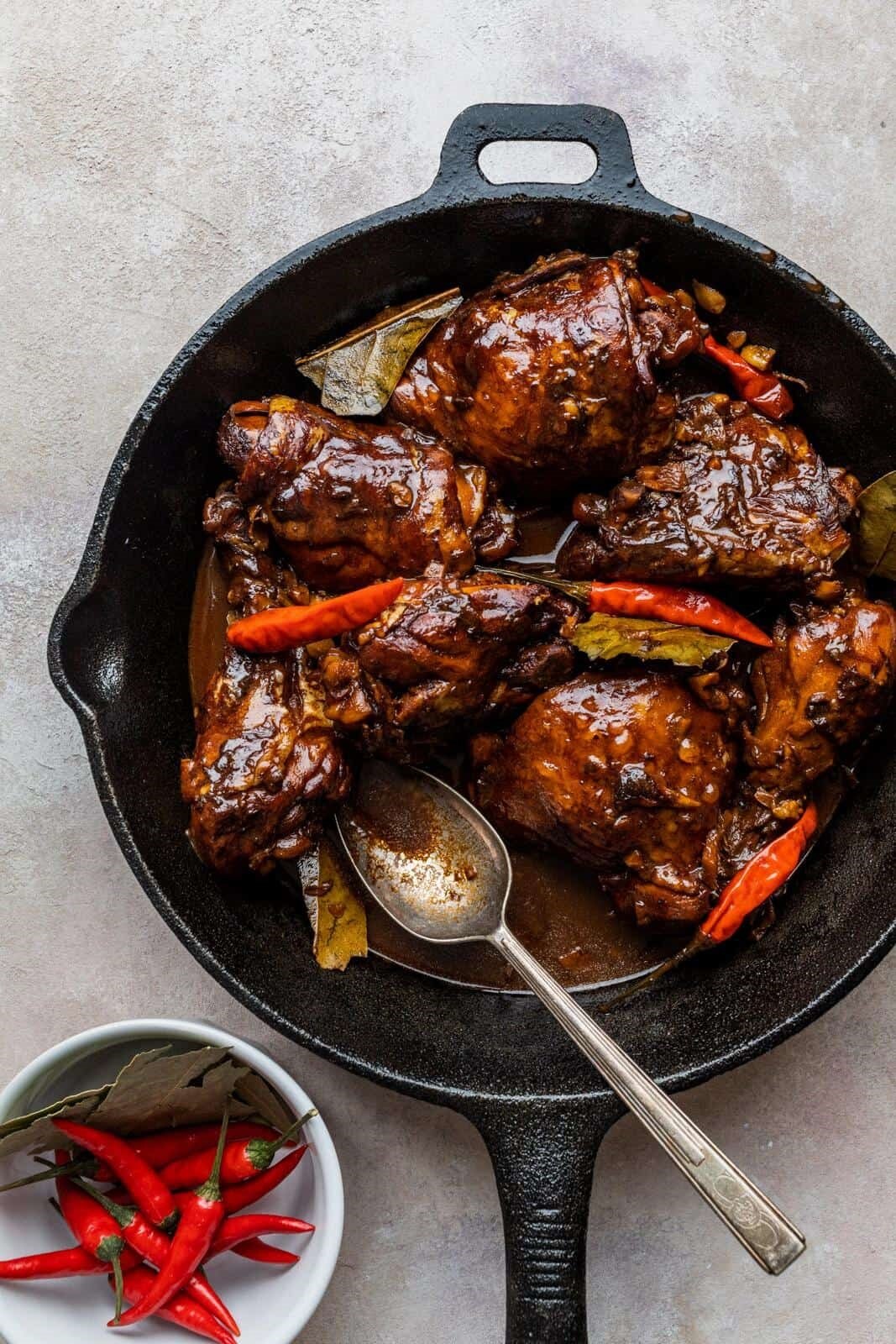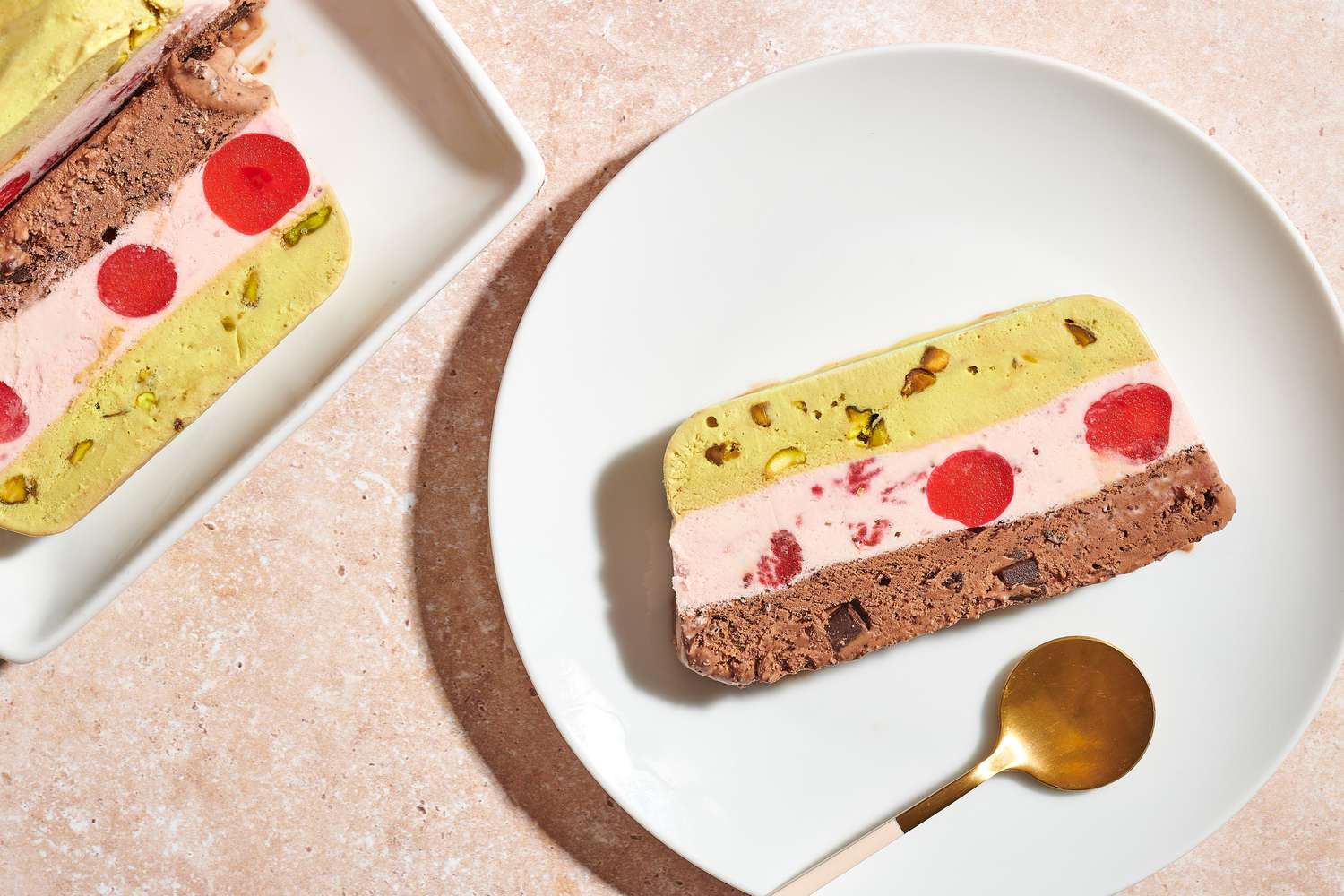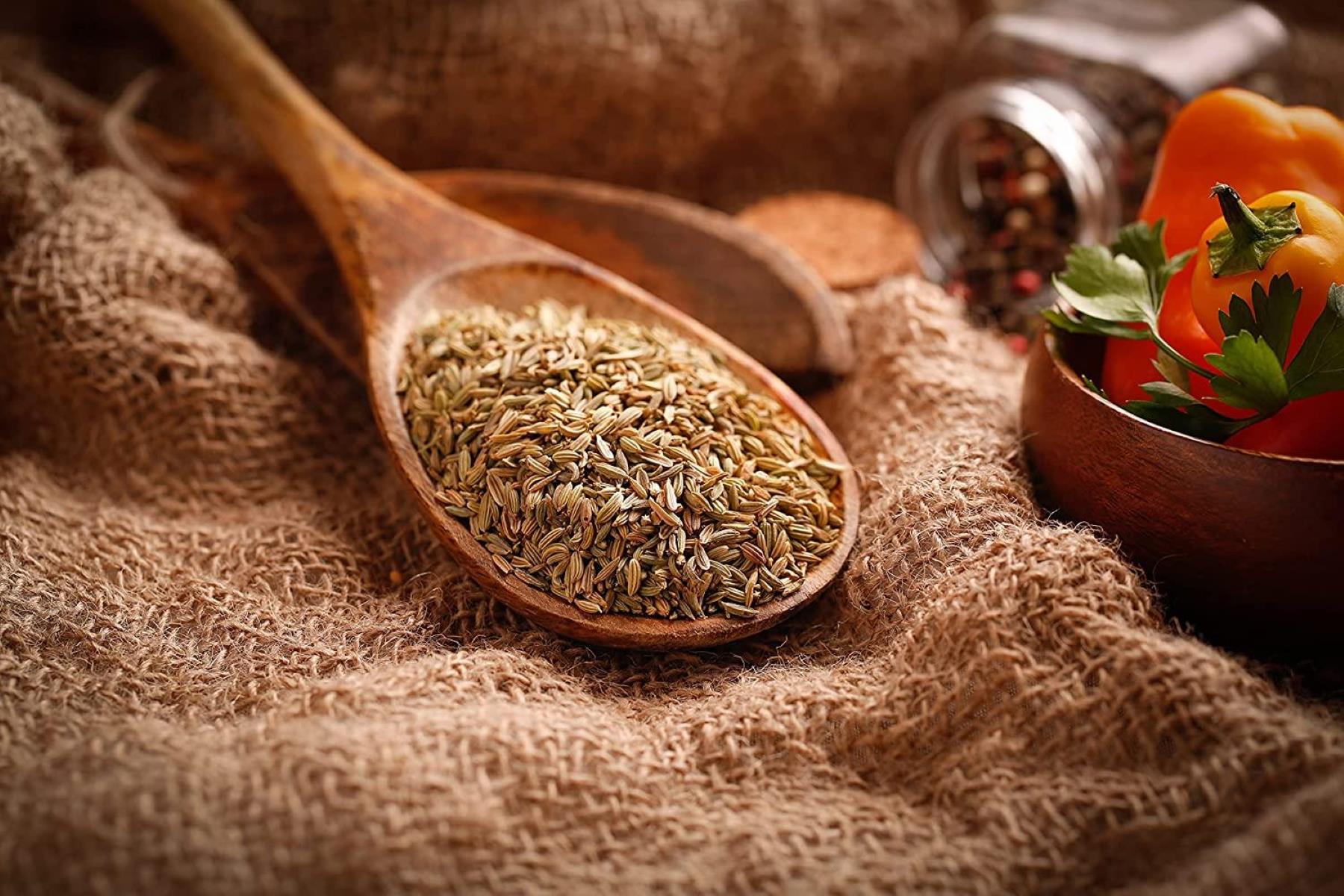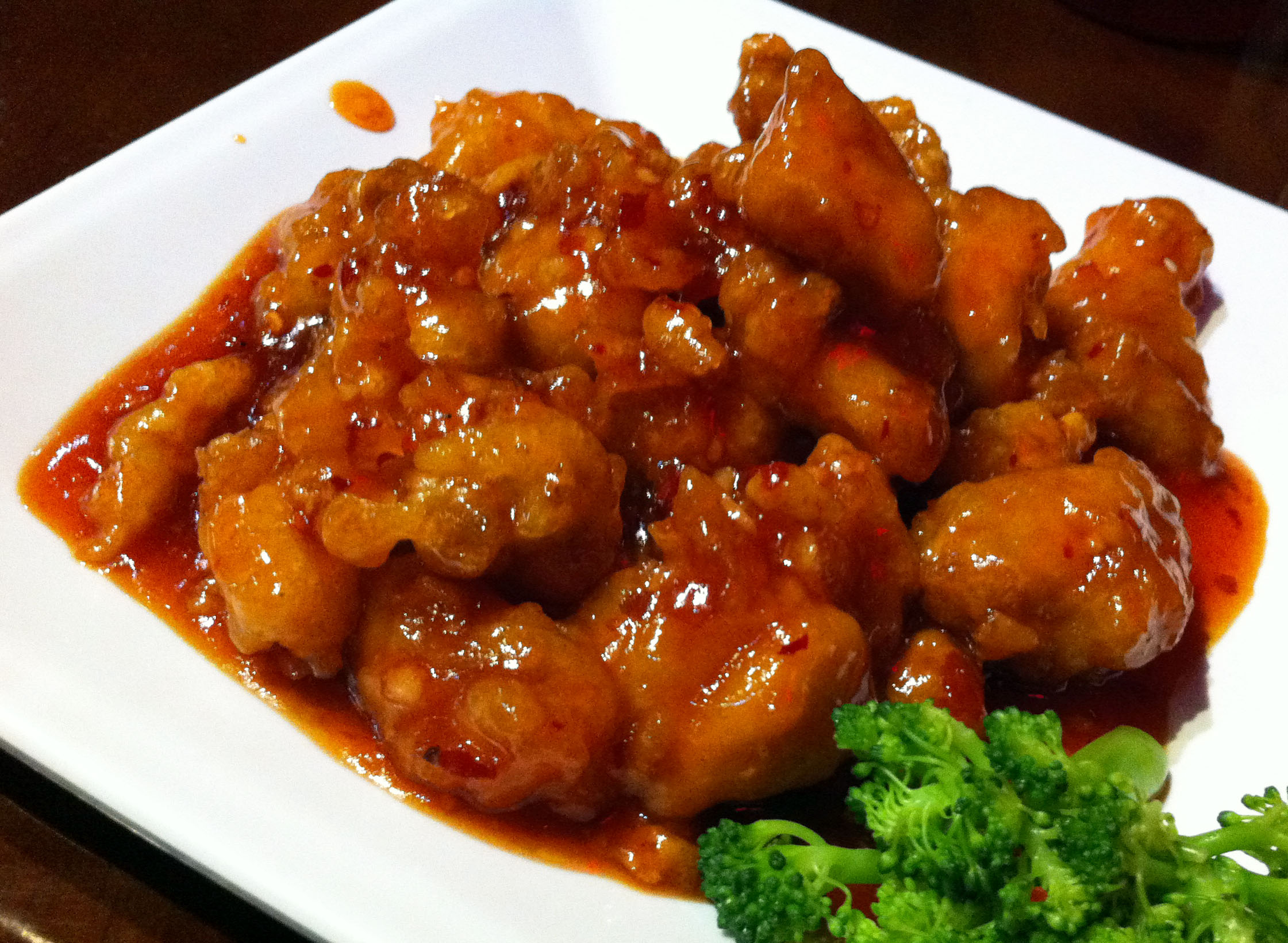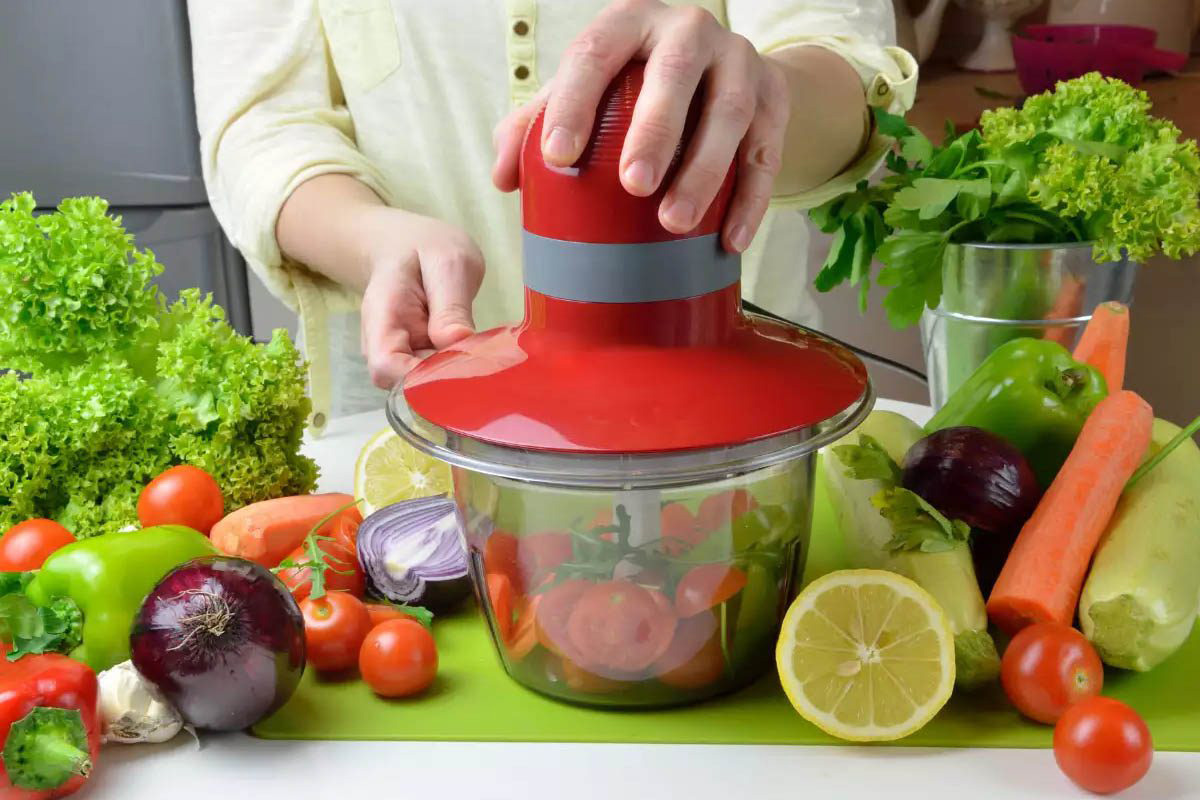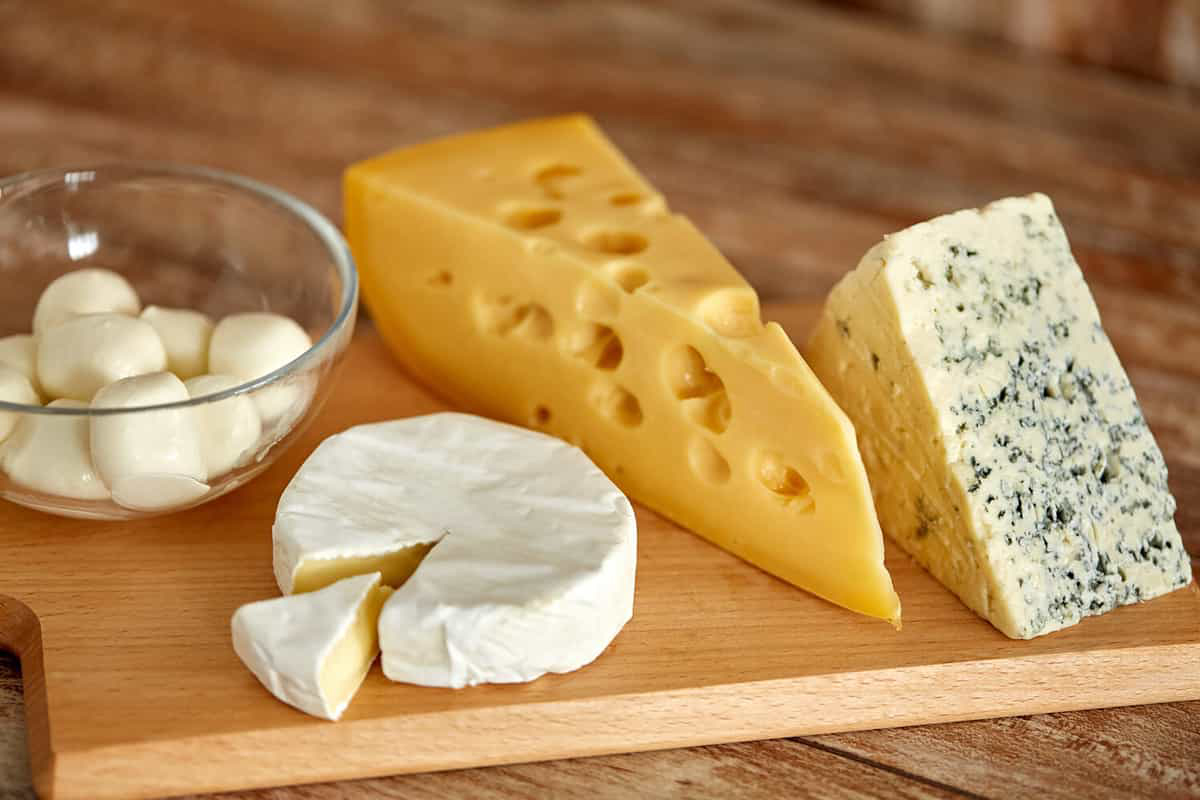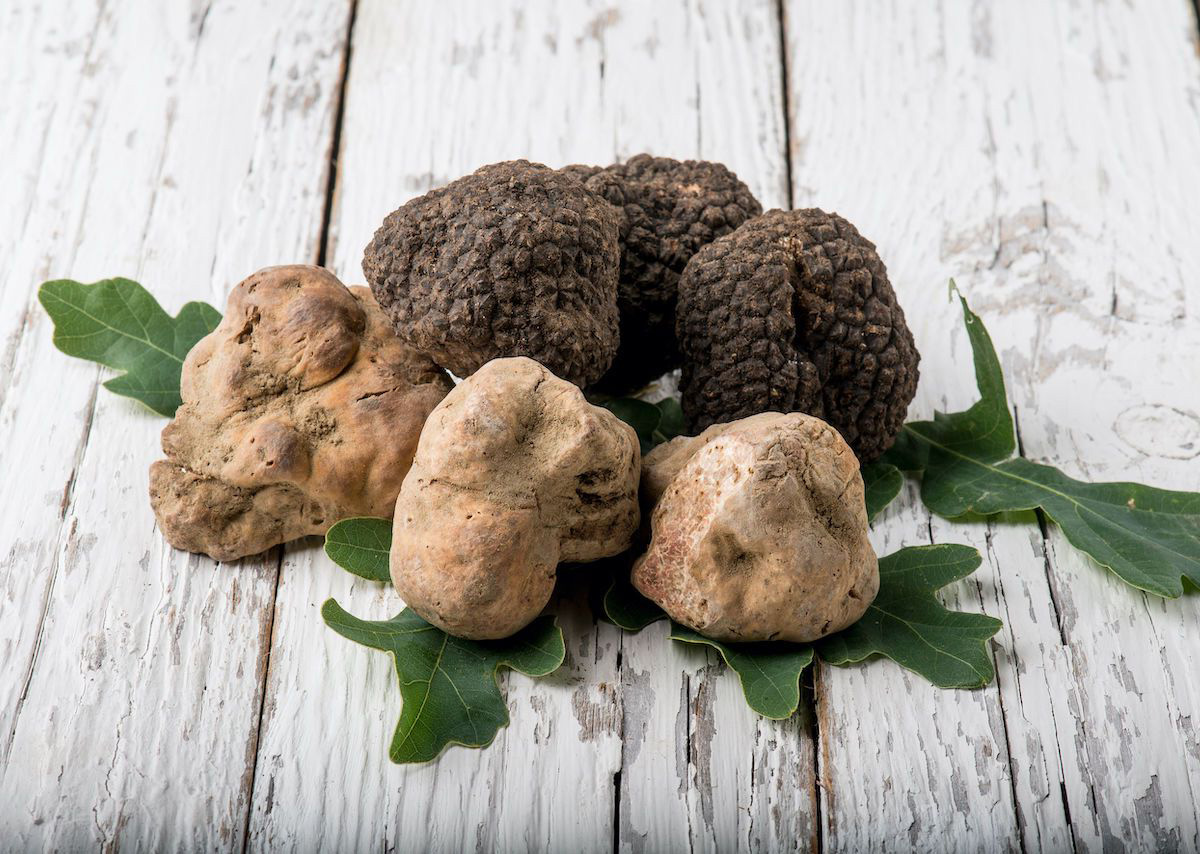Discovering the Delicious World of Pasties
Have you ever heard of a pasty? No, we’re not talking about a small adhesive strip used for covering minor cuts and wounds. We’re talking about a delicious savory pastry that has been enjoyed for centuries. Let’s dive into the world of pasties and uncover what makes them so special.
Origin and History
The pasty has a rich history that dates back to the 13th century in Cornwall, England. It was a popular meal among miners due to its portability and hearty filling. The traditional pasty was filled with meat, potatoes, onions, and rutabagas, providing a complete and satisfying meal for hardworking individuals.
What Makes a Pasty?
A pasty is a baked pastry that typically consists of a flaky crust filled with a savory mixture. The filling often includes meat, such as beef or pork, along with diced potatoes, onions, and other vegetables. The ingredients are seasoned to perfection, giving the pasty its irresistible flavor.
Regional Variations
While the traditional Cornish pasty remains a beloved classic, there are numerous regional variations of this delectable treat. In the United States, particularly in Michigan’s Upper Peninsula, the pasty has become a culinary staple due to the influence of Cornish immigrants. These Americanized pasties often feature a similar filling but may include additional ingredients based on local preferences.
How to Enjoy a Pasty
There’s no right or wrong way to enjoy a pasty, but there are a few popular methods for savoring this delectable pastry:
- Enjoy it fresh out of the oven to experience the flaky crust and piping hot filling.
- Pair it with a side of ketchup, gravy, or your favorite dipping sauce for an extra burst of flavor.
- Take it on a picnic or outdoor adventure for a convenient and satisfying meal on the go.
The Appeal of Pasties
What makes pasties so appealing? For one, they are incredibly versatile and can be enjoyed as a snack, a meal, or even as party appetizers. Their handheld nature makes them perfect for on-the-go eating, and their hearty filling ensures that they satisfy even the heartiest of appetites.
Whether you’re a fan of traditional recipes or enjoy exploring new flavor combinations, there’s a pasty out there for everyone. From classic meat and potato fillings to innovative vegetarian options, the world of pasties is full of delicious possibilities.
In Conclusion
So, what is a pasty? It’s a delightful pastry with a rich history, a hearty filling, and a loyal following of food enthusiasts. Whether you’re a seasoned pasty connoisseur or a newcomer to the world of savory pastries, there’s no denying the irresistible appeal of these delectable treats. So go ahead, take a bite, and savor the deliciousness of a well-crafted pasty.
